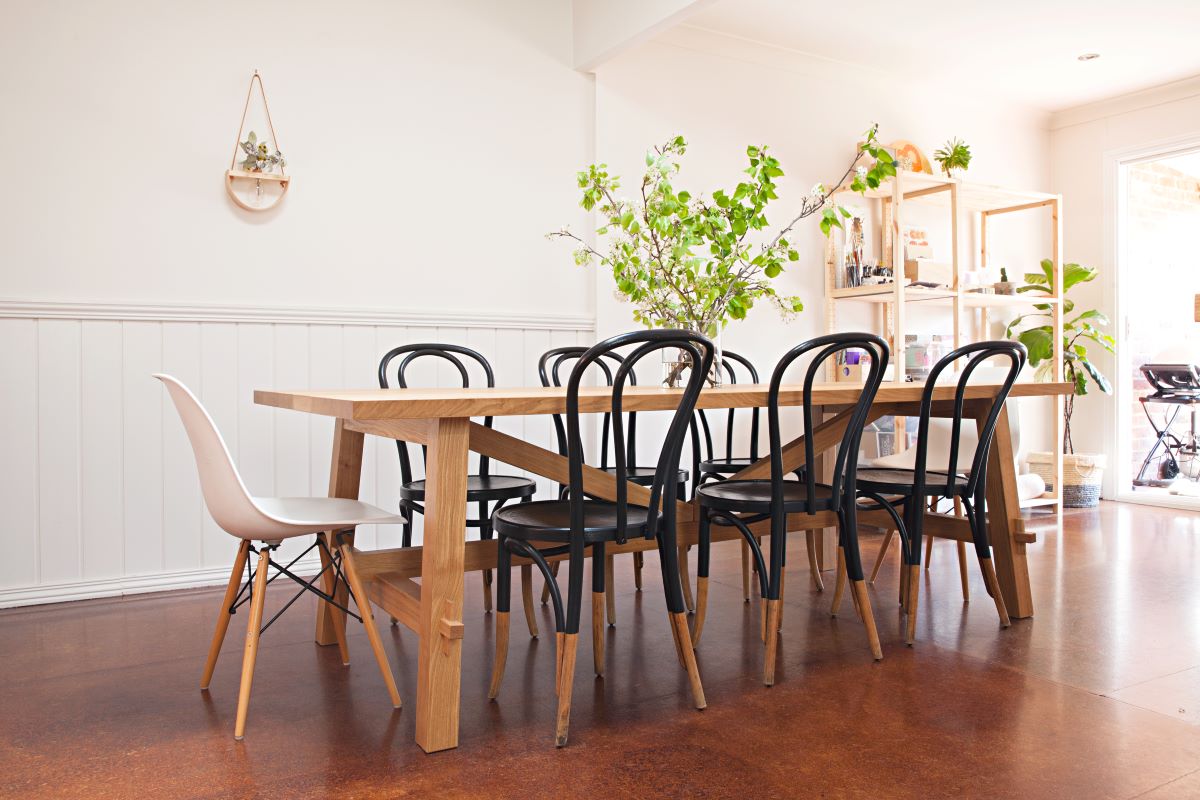

Articles
How To Store Extra Dining Chairs
Modified: January 19, 2024
Learn how to store extra dining chairs effectively with our helpful articles. Maximize space and keep your chairs in great condition for future use.
(Many of the links in this article redirect to a specific reviewed product. Your purchase of these products through affiliate links helps to generate commission for Storables.com, at no extra cost. Learn more)
Introduction
When it comes to dining chairs, many of us find ourselves with more chairs than we actually need on a daily basis. Whether it’s for special occasions, hosting guests, or simply adding a touch of elegance to our dining area, having extra dining chairs is not uncommon. However, storing these extra chairs can be a challenge, especially if you’re short on space or worried about potential damage. In this article, we will guide you through the process of storing your extra dining chairs in a safe and efficient manner.
Before you begin, it’s important to remember that proper storage not only prolongs the life of your chairs but also makes them easily accessible whenever you need them. Whether you’re storing wooden, upholstered, or folding chairs, the steps outlined in this article will help you store them securely while maximizing the available space.
The process of storing extra dining chairs is not as daunting as it may seem. By following these simple steps, you can ensure that your chairs remain in good condition and are ready for use whenever the need arises. Let’s dive in and learn how to store those extra dining chairs.
Key Takeaways:
- Properly storing extra dining chairs involves assessing space, cleaning, disassembling, wrapping, stacking, utilizing vertical storage, labeling, and storing in a suitable location. This ensures chairs are protected, organized, and easily accessible.
- By following the steps outlined in this article, you can store extra dining chairs safely, protect them from damage, and maintain an organized storage system. This allows for clutter-free living spaces and peace of mind knowing chairs are ready for any occasion.
Read more: How To Store Extra Dining Chairs
Step 1: Assess Available Space
The first step in storing your extra dining chairs is to assess the available space in your home. Take a look around and identify areas where you can store the chairs without taking up valuable living space. This could be a spare room, a basement, a garage, or even a designated storage closet.
Measure the dimensions of the space to ensure that it can accommodate the size and number of chairs you plan to store. Keep in mind that some chairs may require more space due to their size or design. It’s important to have enough room to easily move and access the chairs without the risk of damage.
If you’re tight on space, consider utilizing vertical storage solutions such as wall-mounted hooks or overhead racks. These can help maximize the available space while keeping your chairs safely stored and out of the way.
Additionally, take into consideration the climate and temperature of the storage area. Extreme temperatures, moisture, or direct sunlight can damage certain materials like wood or upholstery. Choose a storage location that is dry, well-ventilated, and provides protection from environmental factors that could harm your chairs.
Once you have assessed the available space and found a suitable location, you’re ready to move on to the next step: cleaning and preparing the chairs for storage.
Step 2: Clean and Prepare the Chairs
Before storing your extra dining chairs, it’s essential to clean and prepare them properly. Over time, chairs can accumulate dust, dirt, and food particles, which can attract pests or cause damage if left uncleaned.
Start by removing any cushions, seat covers, or removable parts from the chairs. Check the manufacturer’s instructions for specific cleaning recommendations for these items. Vacuum or gently brush the chair surfaces to remove loose dirt and debris.
Next, use a mild cleaning solution or upholstery cleaner to wipe down the chairs. Be sure to test the cleaning product on a small, inconspicuous area first to ensure that it doesn’t cause any damage or discoloration. For wooden chairs, use a wood cleaner or a damp cloth to wipe away dust and stains.
If you have upholstered chairs, it’s also a good idea to spot clean any visible stains or spills. Blot the stains gently with a clean cloth or use a mild fabric stain remover if necessary. Allow the chairs to air dry completely before moving on to the next step.
In addition to cleaning, it’s important to inspect the chairs for any signs of damage or loose parts. Tighten any loose screws, nuts, or bolts, and repair any damaged or broken components before storing the chairs. This will help maintain their structural integrity and prevent further damage.
Once the chairs are clean, dry, and in good condition, you can proceed to the next step: disassembling if necessary.
Step 3: Disassemble if Necessary
Depending on the design of your dining chairs, you may need to disassemble them before storing. Disassembling the chairs can help save space and reduce the risk of damage during storage.
Start by checking if your chairs have any removable components, such as legs, backrests, or armrests. If they do, follow the manufacturer’s instructions or use a screwdriver or wrench to remove these parts carefully.
As you disassemble the chairs, be sure to keep track of the hardware and store it in a labeled bag or container. This will make it easier to reassemble the chairs in the future without any missing or misplaced pieces.
If your dining chairs are stackable or folding chairs, you may not need to disassemble them. Instead, simply fold or stack them neatly to save space. However, if the chairs are made of fragile materials or have intricate details, it’s still a good idea to disassemble them to prevent any potential damage.
Remember to handle the chair components with care and avoid using excessive force when disassembling. If you’re unsure about how to properly disassemble your specific chairs, refer to the manufacturer’s instructions or consult a professional if necessary.
Once the chairs are disassembled or stacked, you can move on to the next step: wrapping the chairs in protective material.
Step 4: Wrap the Chairs in Protective Material
After disassembling or stacking your dining chairs, it’s time to provide them with an extra layer of protection by wrapping them in suitable materials. This will help prevent scratches, dust, and other potential damages during storage.
Start by obtaining the appropriate protective materials such as plastic wrap, bubble wrap, or furniture covers. Plastic wrap is ideal for protecting the surfaces of the chairs, while bubble wrap provides cushioning and extra protection for delicate parts.
Begin by wrapping the individual chair components with plastic wrap. Start from the bottom and work your way up, ensuring that all surfaces are covered and tightly wrapped. Secure the plastic wrap with tape or a twist tie to keep it in place.
If your chairs have fragile or intricate details, such as decorative elements or upholstered seats, consider using bubble wrap in addition to the plastic wrap. Wrap the more delicate parts with bubble wrap and secure it with tape.
For stacked chairs, wrap each chair individually before placing them on top of each other. This will prevent any friction or contact between the chairs that could cause scratches or damage.
Once you have wrapped all the chairs, it’s a good idea to label them to easily identify them in the future. You can simply use a marker or attach tags with the chair’s description, such as “Dining Chair Set A” or “Upholstered Chair.”
By wrapping your dining chairs in protective material, you’re ensuring that they remain in excellent condition and are ready to use whenever you need them. Now that your chairs are wrapped, it’s time to move on to the next step: safely stacking the chairs.
Consider using stackable chairs or investing in a storage rack to keep extra dining chairs organized and out of the way when not in use. This will help save space and protect the chairs from damage.
Read more: How To Store Extra Dining Room Chairs
Step 5: Stack the Chairs Safely
Now that your dining chairs are wrapped in protective material, it’s time to stack them safely for efficient storage. Proper stacking not only saves space but also reduces the chances of the chairs getting damaged or toppling over.
When stacking the chairs, it’s important to start with the largest and heaviest chair at the bottom. This provides a sturdy base for the stack and ensures stability. Place the chair with the largest seat or widest base at the bottom and stack the rest of the chairs on top, gradually getting smaller as you go.
Make sure that each chair is aligned properly and that the legs of the chairs are interlocked or facing inwards. This helps distribute the weight evenly and minimizes the risk of the chairs shifting or falling. Additionally, you can use non-slip furniture pads or rubber mats between each chair to prevent them from sliding or scratching against each other.
If you have different types of chairs, such as folding chairs or chairs with armrests, consider stacking them separately to avoid potential damage. Place chairs of similar types and sizes together to create more stable stacks. Avoid exceeding a reasonable height when stacking to maintain stability and reduce the risk of the stack toppling over.
Remember, safety should be a top priority when stacking chairs. Take caution not to stack too high or create unstable configurations that could lead to accidents or damage. If you have a large number of chairs, it may be safer to create multiple stacks or consider alternative storage solutions such as using overhead racks.
With the chairs stacked safely, it’s time to move on to step 6: utilizing vertical storage solutions.
Step 6: Utilize Vertical Storage Solutions
When it comes to storing extra dining chairs, utilizing vertical storage solutions can be a game-changer. This approach maximizes the use of space while keeping your chairs organized and easily accessible.
If you have limited floor space but high ceilings, consider installing wall-mounted hooks or a vertical rack on a sturdy wall. These hooks or racks allow you to hang the chairs vertically, saving valuable floor space. Make sure to choose hooks or racks that are designed to hold the weight of your chairs securely.
Another vertical storage option is utilizing overhead racks or shelves. These can be installed in your storage area or even in a garage. Overhead racks allow you to stack the chairs vertically in a controlled manner, keeping them off the ground and out of the way.
When using vertical storage solutions, make sure to stack the chairs securely and evenly distribute the weight. Consider using straps or bungee cords to hold the stack of chairs in place, especially if you live in an area prone to earthquakes or other natural disasters.
Label each stack or section of the vertical storage system to easily identify and retrieve the chairs when needed. This makes it more convenient and efficient to access your stored chairs without having to move around multiple stacks or search through a cluttered space.
Remember to leave enough space between each stack or row for easy removal and to minimize the risk of the chairs getting damaged when taking them out.
By utilizing vertical storage solutions, you can save space, keep your dining chairs organized, and create a more functional storage area. With the chairs stored vertically, it’s time to move on to the next step: labeling and organizing.
Step 7: Label and Organize the Stored Chairs
Labeling and organizing the stored chairs is crucial for easy retrieval and maintaining an organized storage space. It ensures that you can quickly locate the specific chairs you need without rummaging through stacks of chairs or wasting time searching.
Start by labeling each stack or section with clear and descriptive labels. You can use adhesive labels, masking tape, or even color-coded tags to identify different sets or types of chairs. Include relevant information such as the chair’s description, set name, or any other details that will help you easily identify them.
If you have different sets or styles of dining chairs, consider organizing them separately. This can be done by creating distinct sections or dedicating specific shelves or areas for each set. By doing so, you maintain order and prevent confusion when retrieving the chairs.
Arrange the stacks or sets in a logical order that makes sense to you, whether that’s based on size, type, or frequency of use. This way, you can quickly locate the chairs you need without the hassle of digging through multiple stacks.
It’s also a good idea to create an inventory list of the chairs you have stored. This can be as simple as a written list or a digital spreadsheet. Include details such as the chair’s description, quantity, and its location in the storage area. This inventory will serve as a quick reference when you need to find specific chairs.
As you organize and label the stored chairs, periodically review and update the inventory list to ensure accuracy. This will also help you keep track of any changes or additions made to your collection over time.
By implementing a labeling and organizing system, you’ll save time and effort when accessing your stored chairs. With the chairs labeled and organized, it’s time to move on to the final step: storing them in a suitable location.
Step 8: Store in a Suitable Location
Now that you have assessed the available space, cleaned and prepared the chairs, disassembled if necessary, wrapped them in protective material, stacked them safely, utilized vertical storage solutions, and labeled and organized the chairs, it’s time to store them in a suitable location.
Ensure that the storage area you have chosen is clean, dry, and well-ventilated. Avoid areas that are prone to temperature fluctuations, excessive humidity, or direct sunlight, as these can damage the chairs over time.
When storing the chairs, make sure they are not subject to any unnecessary pressure or weight that could cause them to deform or break. Avoid placing heavy objects on top of the stacked chairs or storing them in crowded areas where they could get knocked over or damaged.
If you have fragile or valuable chairs, consider investing in additional protective measures such as furniture blankets or covers to provide extra cushioning and safeguard them from potential harm.
Regularly inspect the stored chairs to ensure they are well-maintained and in good condition. Check for any signs of pests, mold, or damage, and address any issues promptly to prevent further deterioration.
Be mindful of weight limits and weight distribution when utilizing vertical storage solutions. Avoid overloading racks or hooks beyond their recommended capacity to prevent accidents or damage to the chairs.
Keep a record of the location and arrangement of the stored chairs in your inventory list. This will help you easily locate specific chairs when needed and maintain a well-organized storage system.
Lastly, it’s important to periodically check on your stored chairs, especially if they will be stored for an extended period. This allows you to address any maintenance or cleaning needs and ensure the chairs remain in optimal condition.
By following these steps and storing your extra dining chairs in a suitable location, you can have peace of mind knowing that your chairs are safely stored and ready to be used whenever you need them.
Read more: Where To Put Extra Dining Chairs
Conclusion
Storing extra dining chairs doesn’t have to be a stressful task. By following the steps outlined in this article, you can ensure that your chairs are stored safely, protected from damage, and easily accessible when needed.
Assessing the available space, cleaning and preparing the chairs, disassembling if necessary, and wrapping them in protective materials are crucial steps that help maintain the chairs’ condition during storage. Safely stacking the chairs and utilizing vertical storage solutions maximize the use of space and provide a clutter-free storage area.
Labeling and organizing the stored chairs ensure easy retrieval and help maintain an organized storage system. Storing the chairs in a suitable location, taking into consideration factors such as temperature, humidity, and weight limits, keeps the chairs in the best possible condition.
Remember to periodically check on your stored chairs and address any maintenance issues promptly. By doing so, you can prevent potential damage and ensure that the chairs remain in optimal condition for future use.
Storing extra dining chairs doesn’t have to be a hassle. With proper planning and organization, you can enjoy a clutter-free living space while keeping your extra chairs safe and ready for any occasion.
So, take the necessary steps to store your extra dining chairs properly and enjoy the peace of mind that comes with knowing your chairs are stored securely until the next time you need them.
Frequently Asked Questions about How To Store Extra Dining Chairs
Was this page helpful?
At Storables.com, we guarantee accurate and reliable information. Our content, validated by Expert Board Contributors, is crafted following stringent Editorial Policies. We're committed to providing you with well-researched, expert-backed insights for all your informational needs.
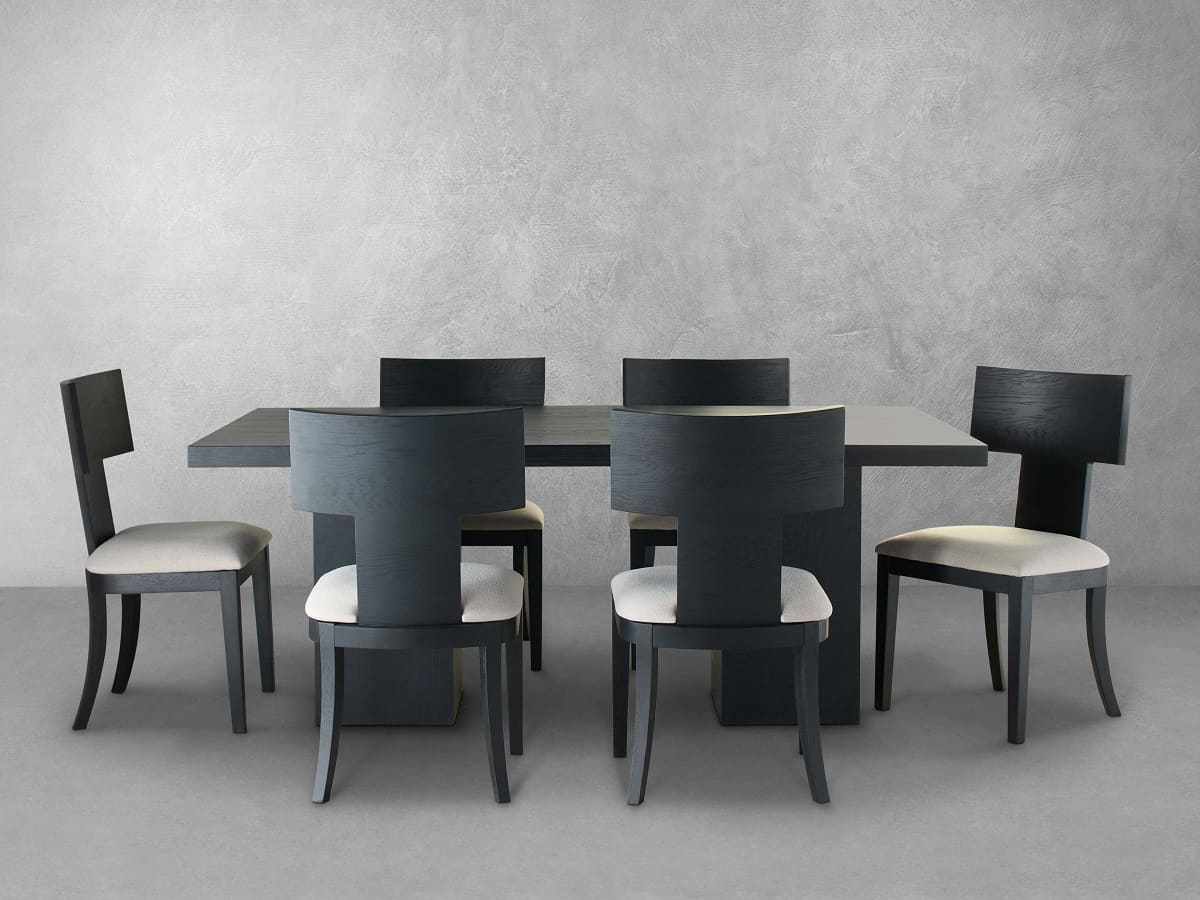
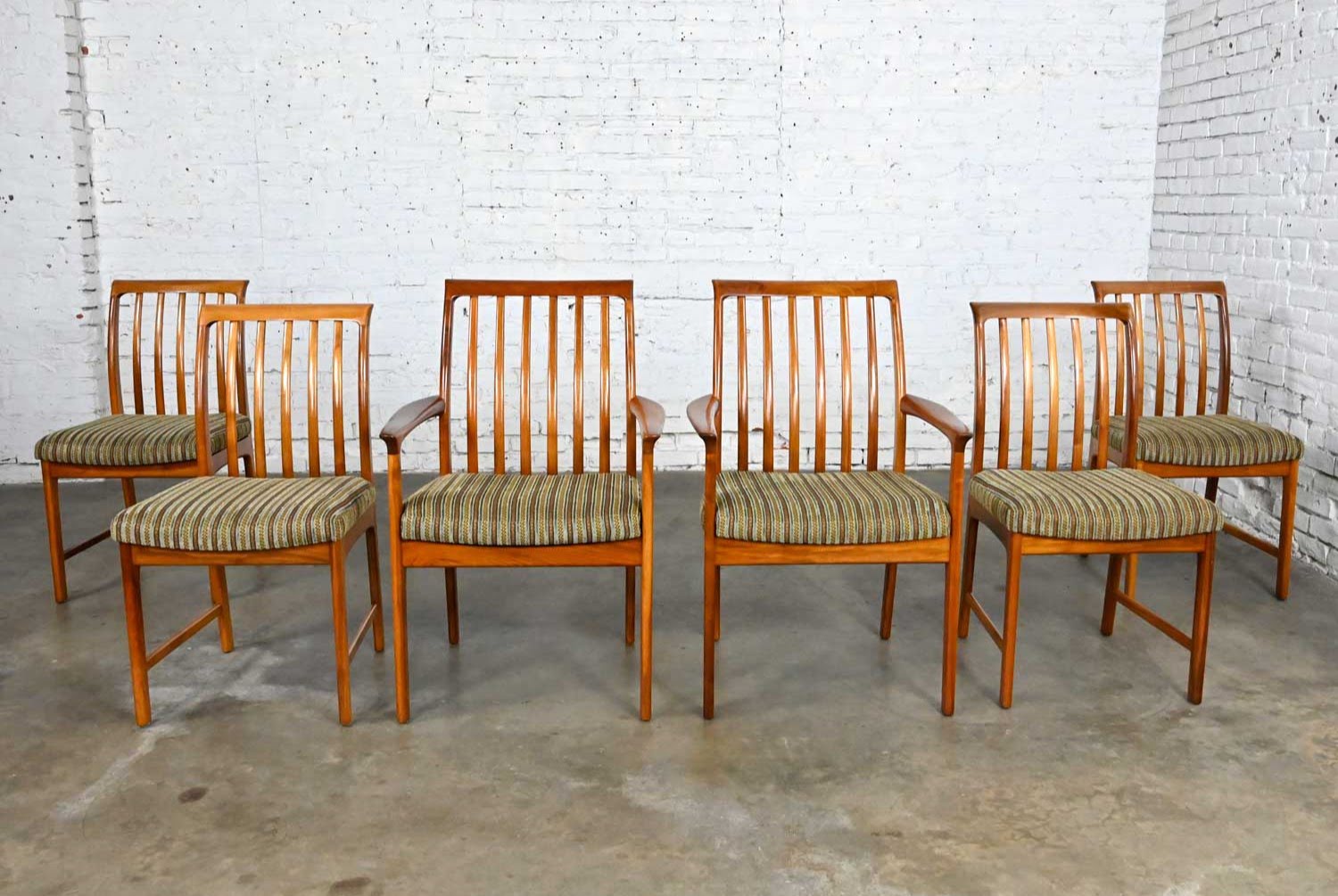

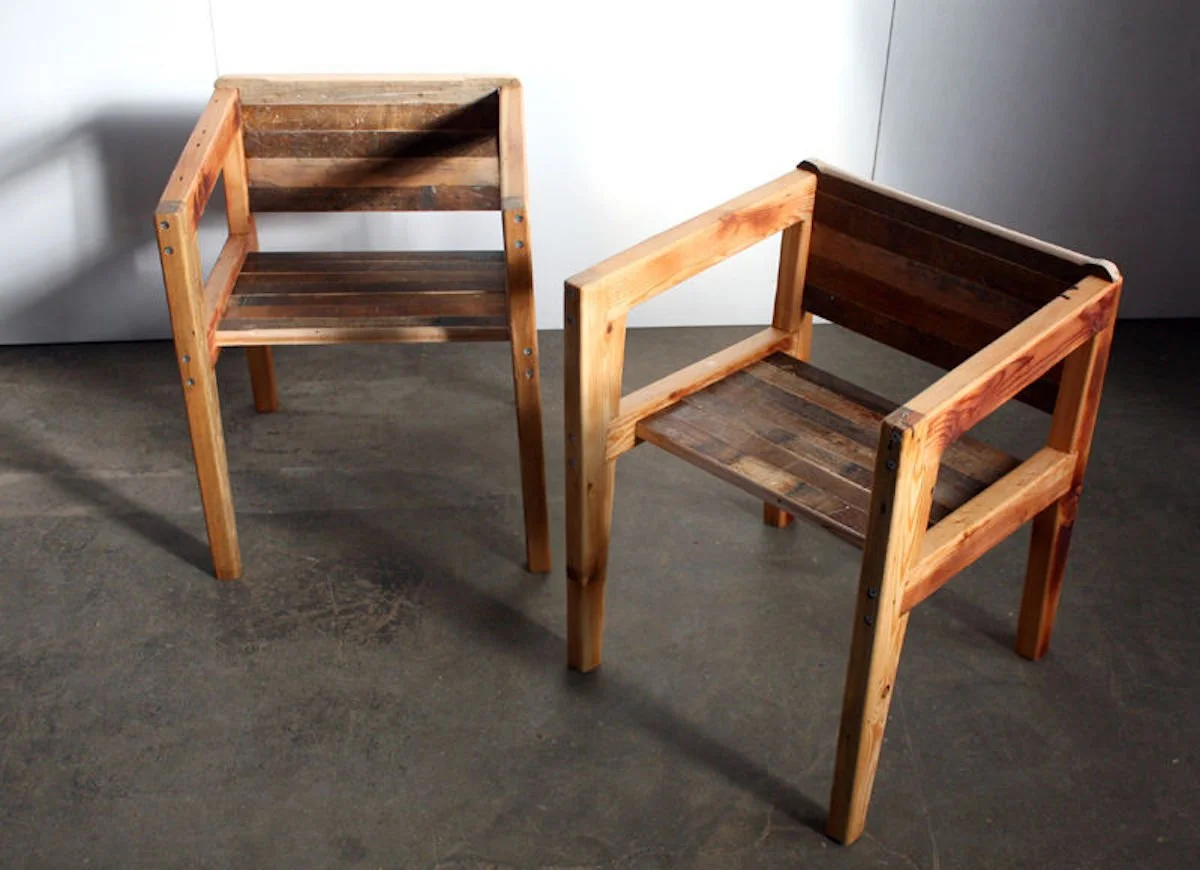
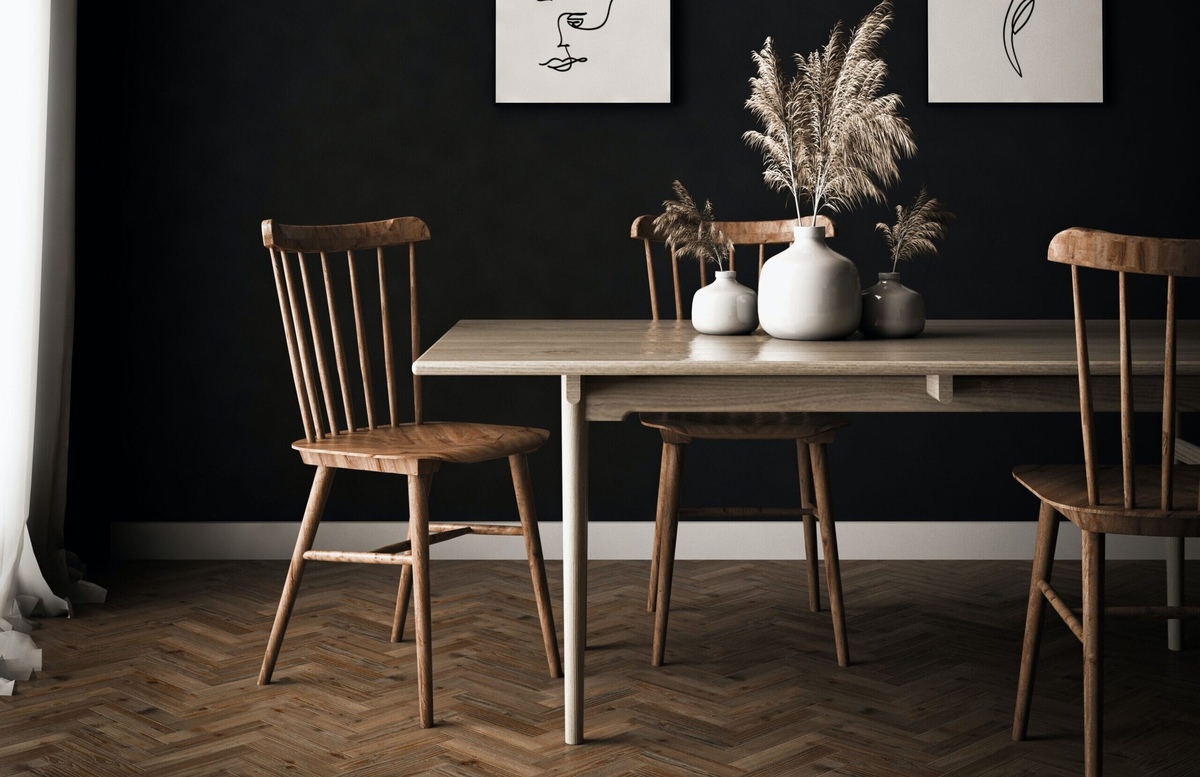
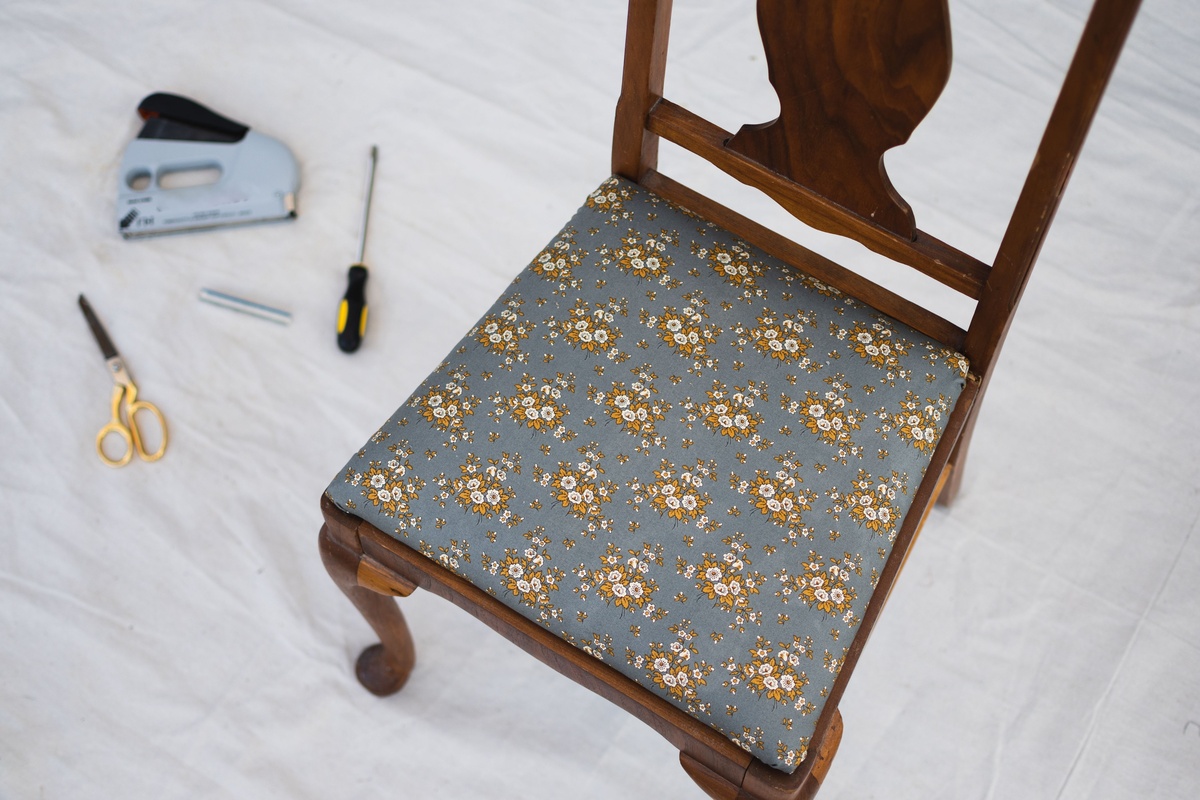
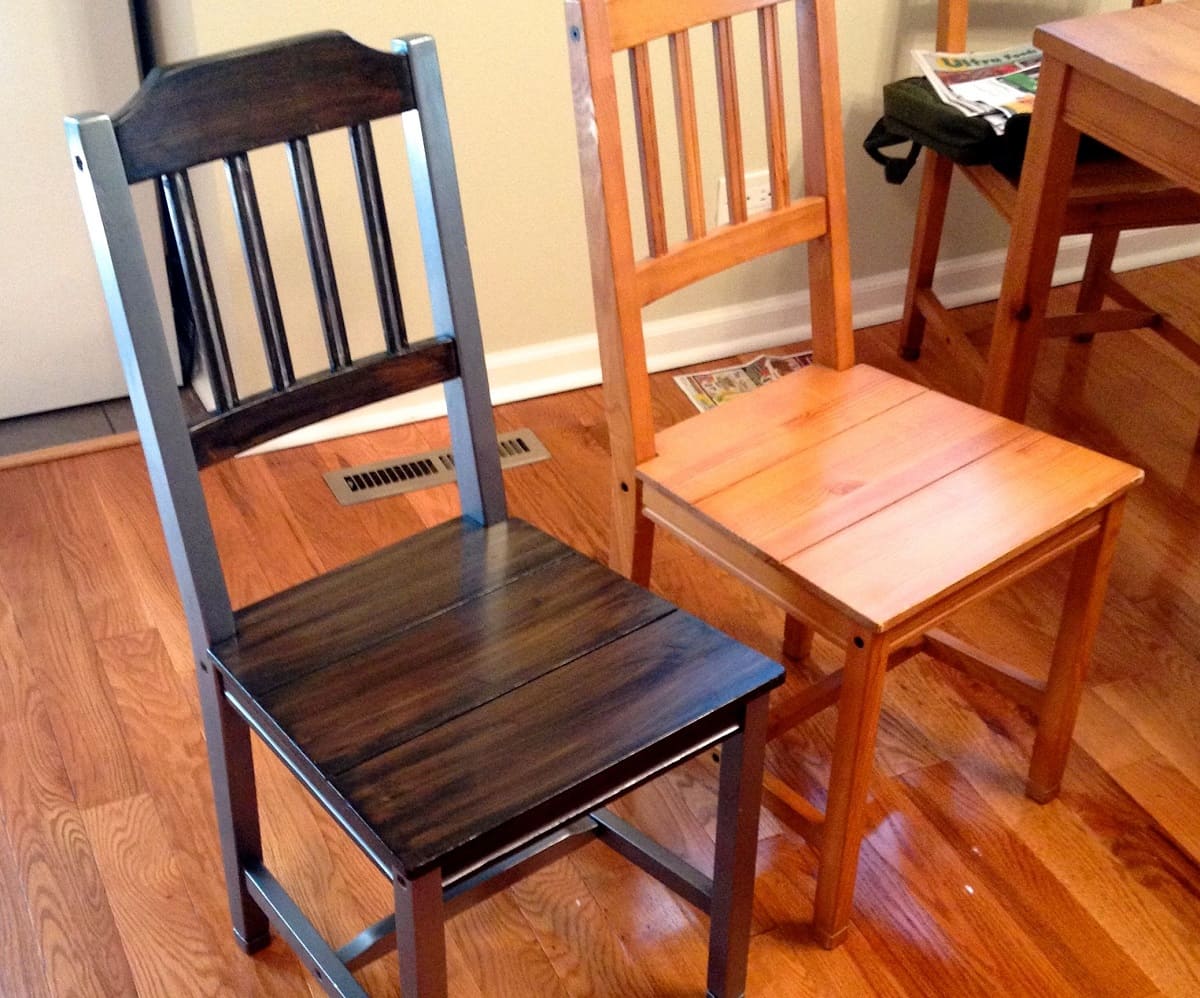
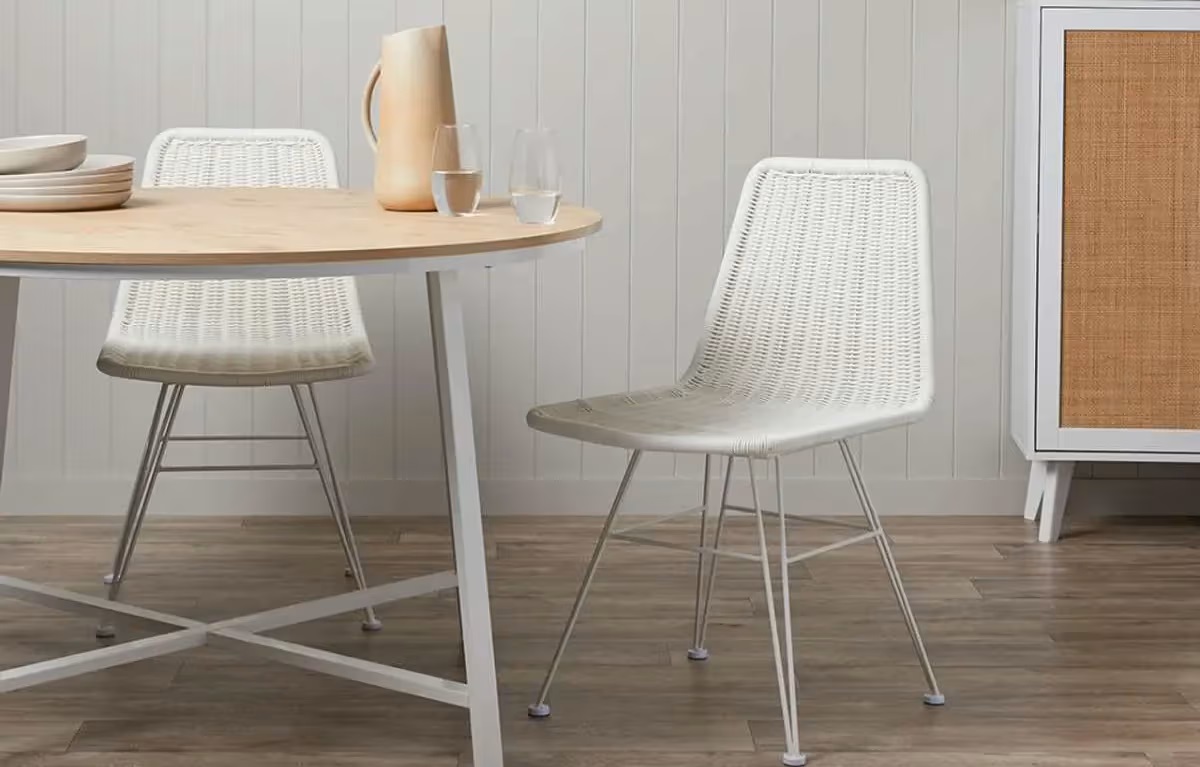
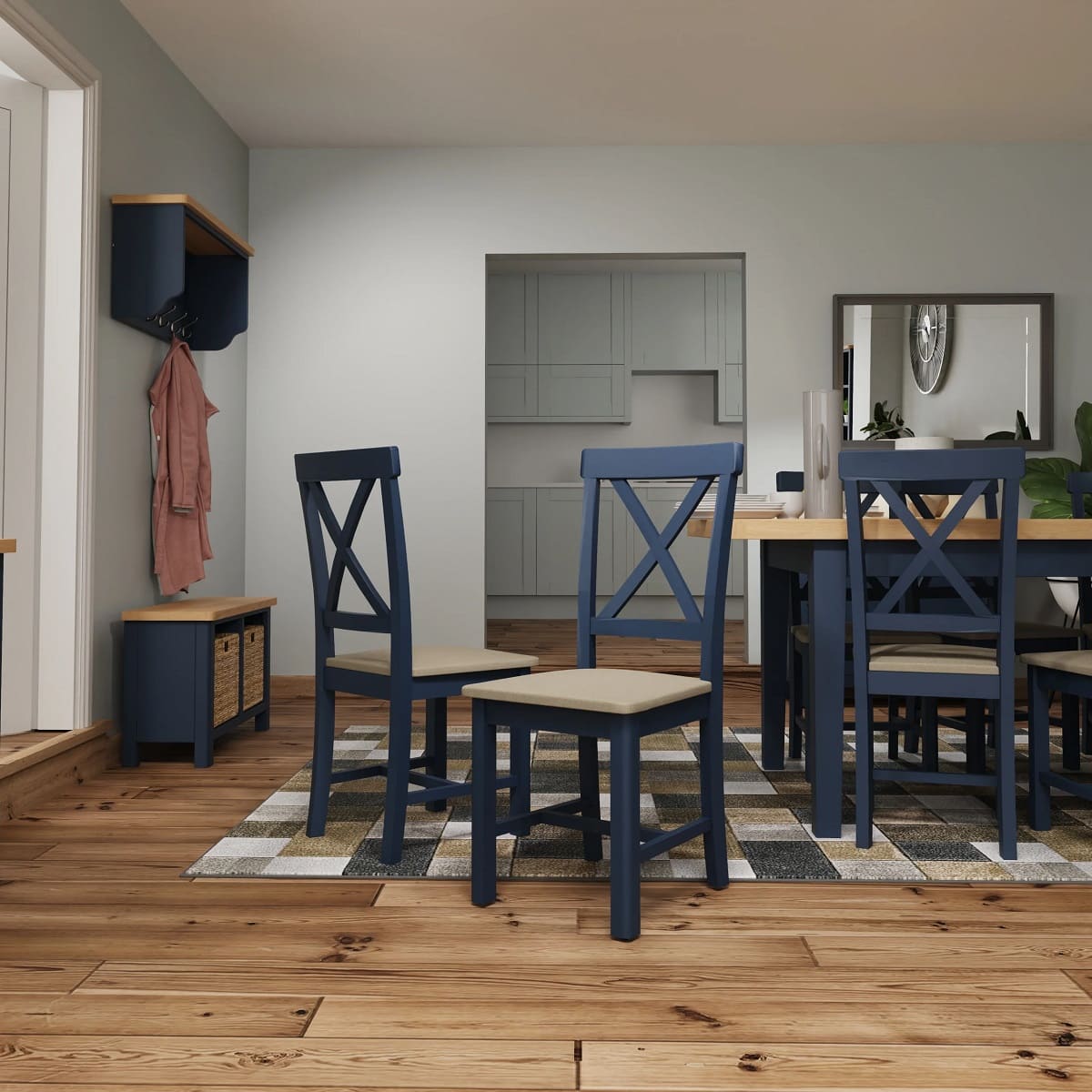
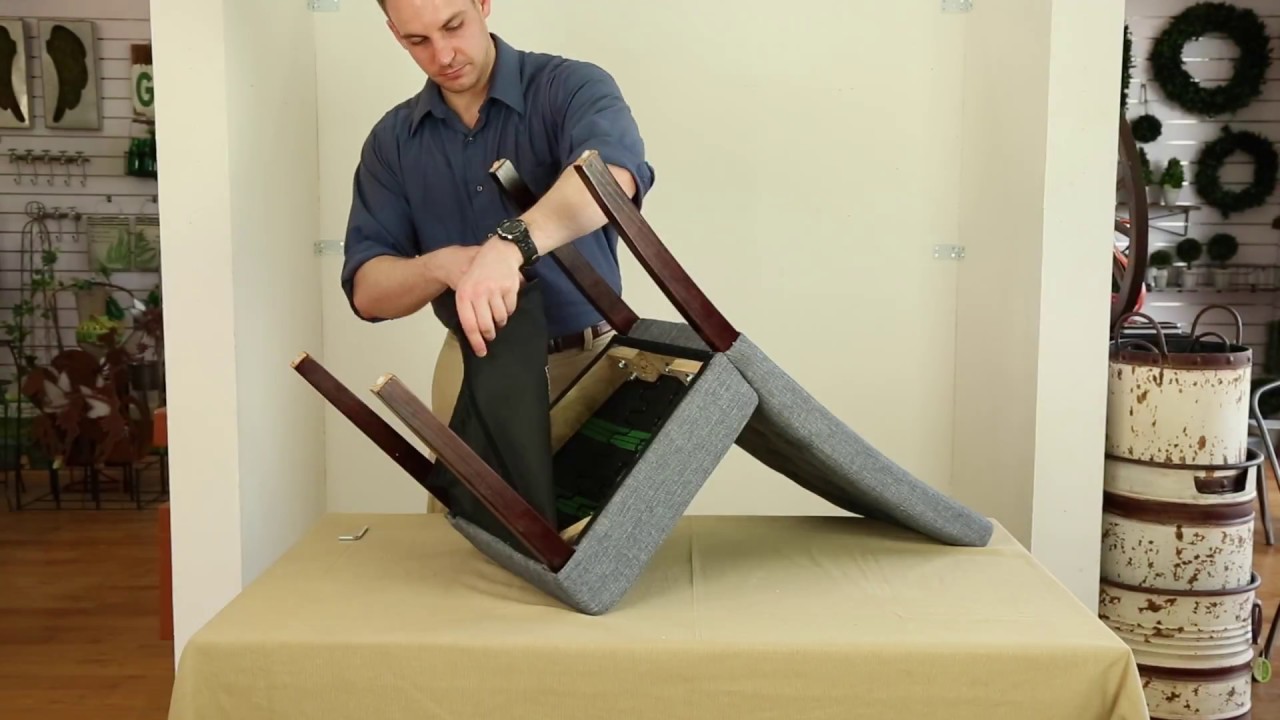
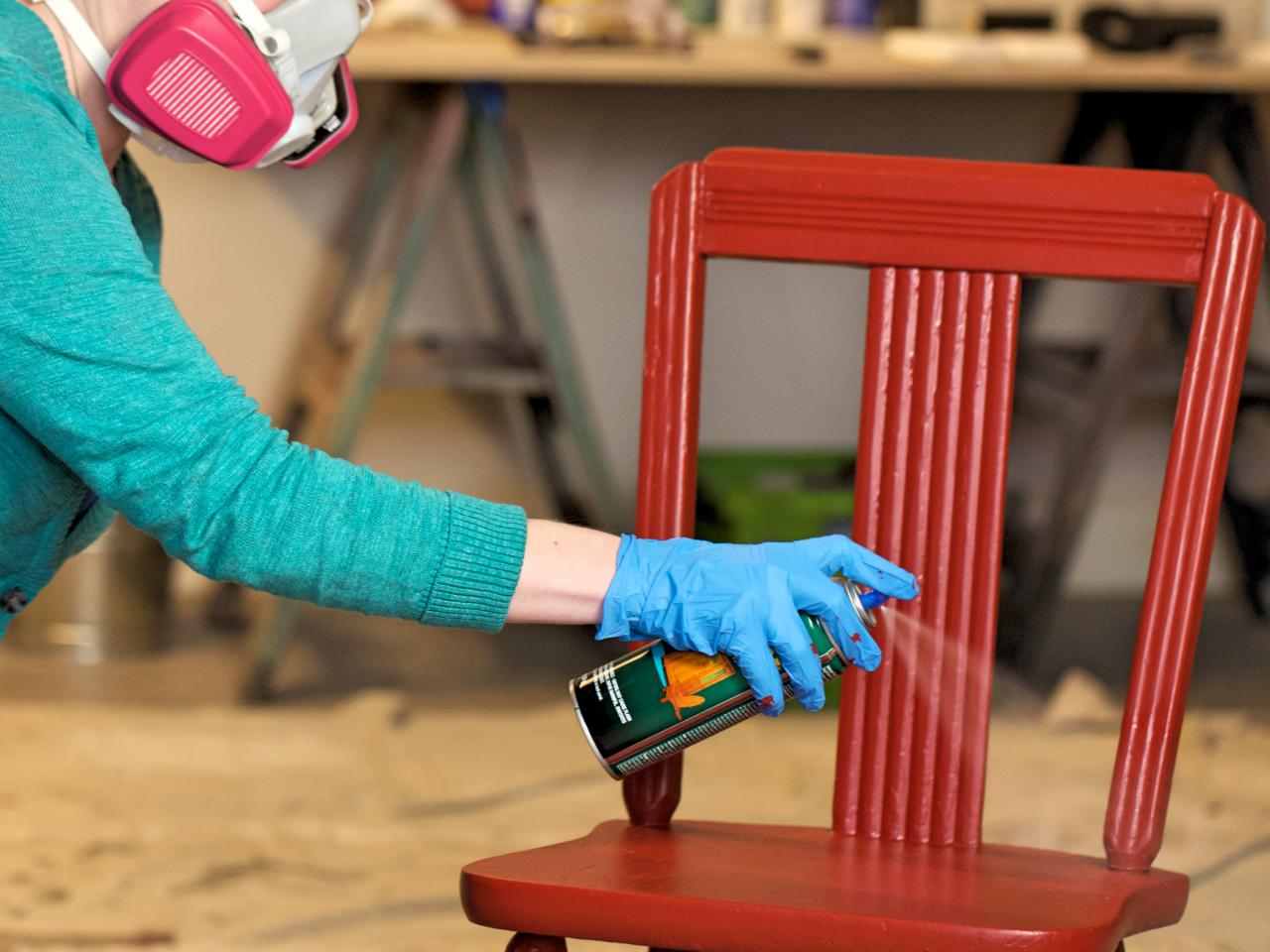
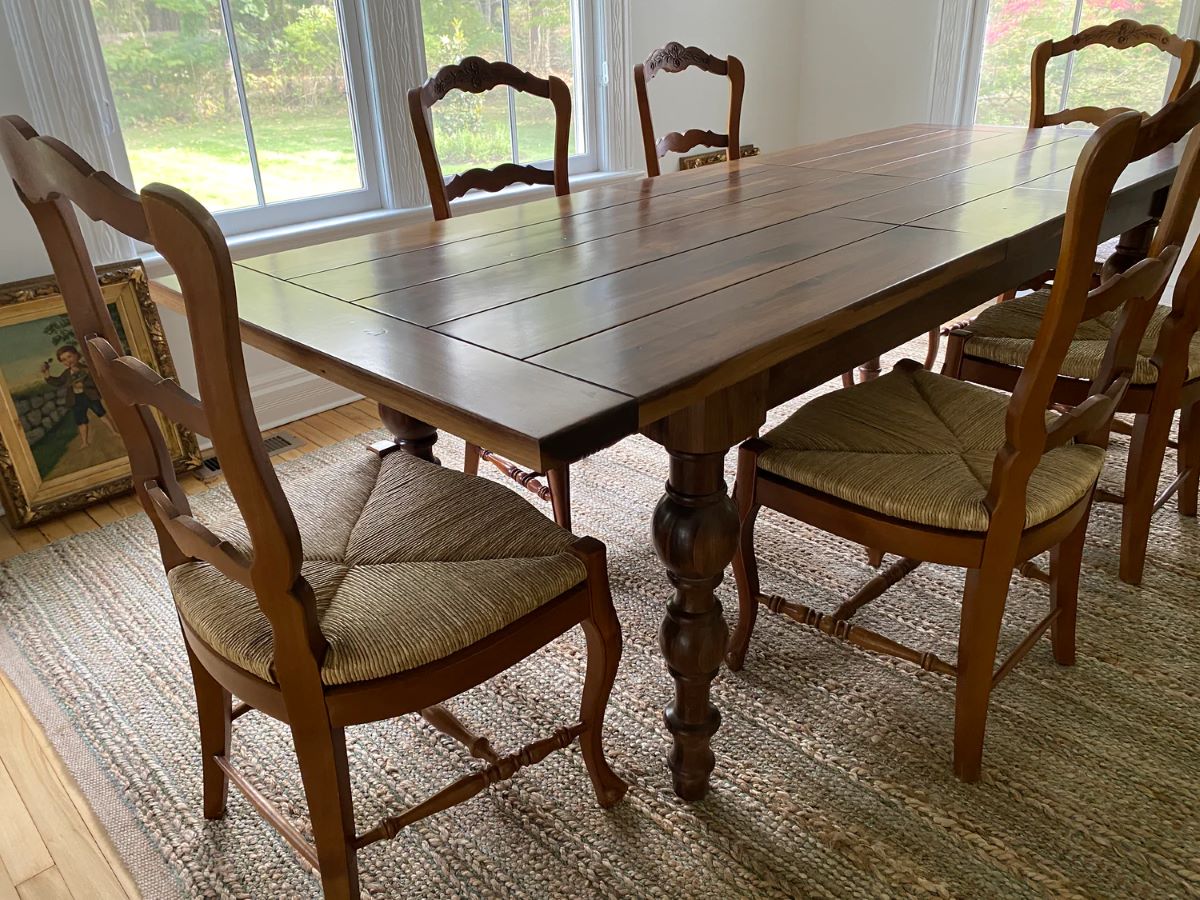
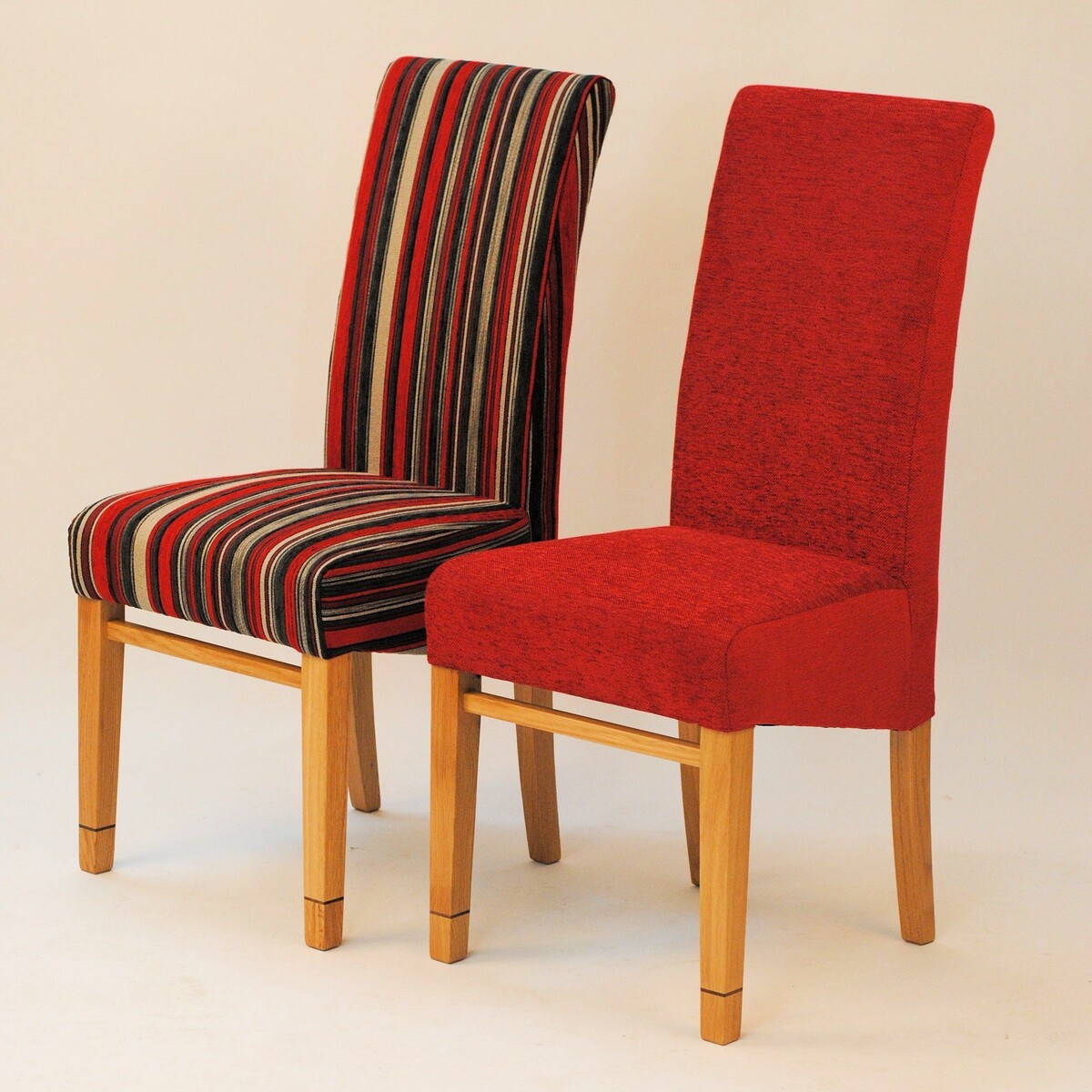

0 thoughts on “How To Store Extra Dining Chairs”